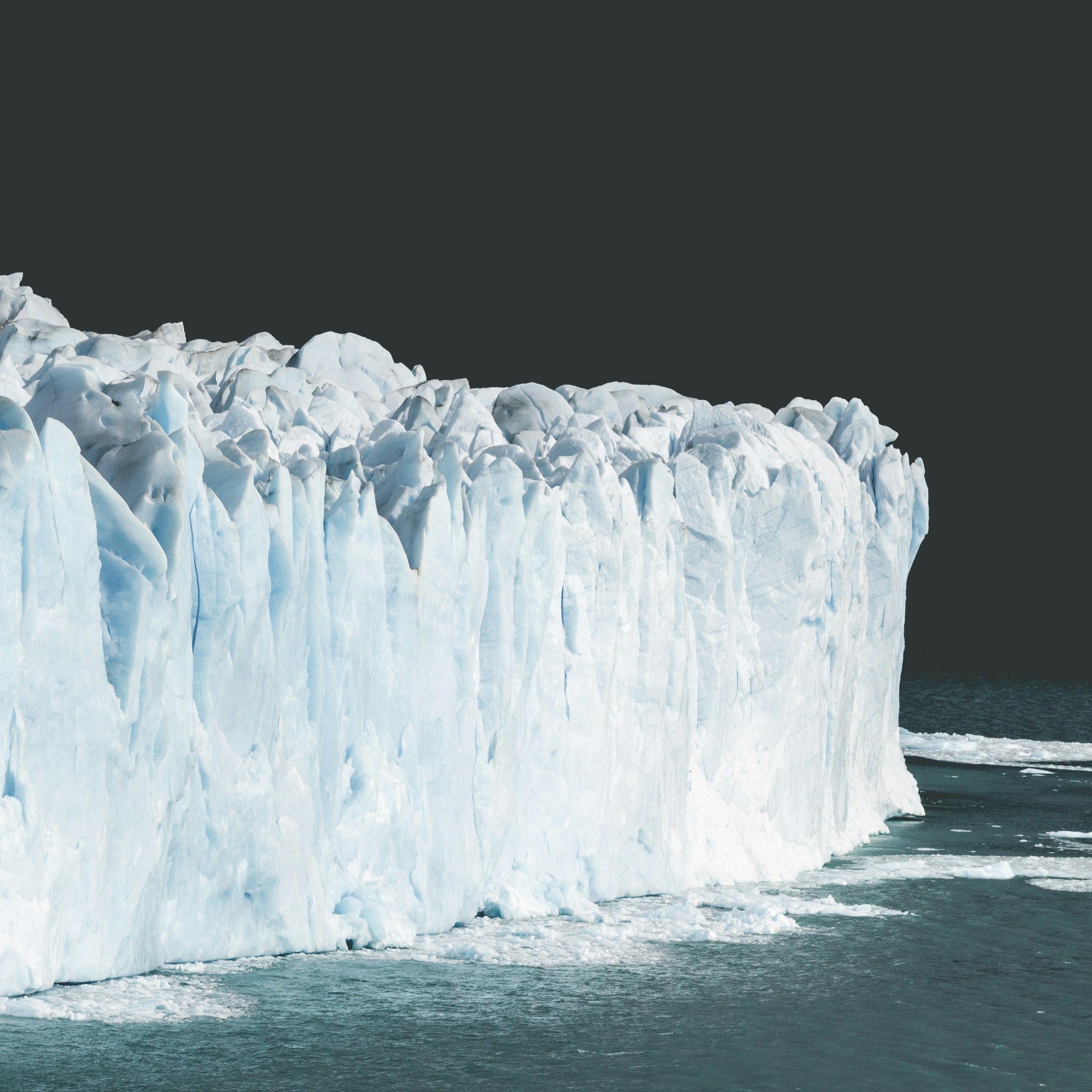Welcome to a comprehensive guide on the do’s and don’ts of cold plunging in different seasons. Whether you’re a seasoned pro or new to the practice, these tips will help you maximize the benefits and avoid common pitfalls of cold water immersion throughout the year. From advice on how to properly prepare for a cold plunge to understanding the effects of temperature changes on your body, this article will provide you with the essential information needed to make the most of your cold plunging experience. So grab your towel and get ready to dive in!
“Do’s & Don’ts: Tips For Cold Plunging In Different Seasons”
Have you ever considered cold plunging as a way to boost your overall health and well-being? It’s like hitting the reset button for your body and mind. But did you know that the way you approach cold plunging can vary depending on the season? In this article, we’ll explore the do’s and don’ts of cold plunging in different seasons so you can get the most out of this invigorating practice all year round.
Winter: Embrace the Chill
Winter is the perfect season to start or ramp up your cold plunging routine. The chilly temperatures outside make the cold water feel refreshing and invigorating. Plus, there’s nothing quite like the feeling of stepping out of a cold plunge into the crisp winter air. Just be sure to take some precautions to ensure a safe and enjoyable experience.
Do: Dress Warmly Before and After
Before taking the plunge, make sure to dress warmly in layers to keep your body temperature up. This will help you adjust to the cold water more easily and prevent hypothermia. After your cold plunge, change into dry, warm clothes immediately to avoid getting a chill.
Don’t: Stay in Too Long
While it may be tempting to linger in the cold water to see how long you can endure it, it’s important not to stay in too long, especially in winter when the temperatures are low. Limit your cold plunging sessions to a few minutes at a time to avoid the risk of hypothermia or frostbite.
Spring: Transition Gently
As the weather starts to warm up in spring, you may find it more challenging to adjust to the cold water during your plunges. Take it slow and ease back into your cold plunging routine to avoid any shock to your system.
Do: Gradually Decrease Water Temperature
If you’ve been using warmer water temperatures during the winter, gradually decrease the temperature of the water as spring approaches. This will help your body acclimate to the colder temperatures more easily and prevent any sudden shocks to your system.
Don’t: Skip the Warm-Up
In colder months, your body may naturally be more tense and tight. Before your cold plunge, be sure to warm up your muscles with some light stretching or exercise. This will help prevent any muscle strains or injuries while in the cold water.
Summer: Embrace the Heat
While cold plunging may seem counterintuitive in the heat of summer, it can actually be quite refreshing and beneficial. The contrast of the cold water against the hot summer air can help cool your body down and provide a welcome break from the heat.
Do: Take Advantage of Natural Water Sources
If you have access to a natural body of water like a lake or river, summer is the perfect time to incorporate cold plunging into your outdoor activities. Just be sure to choose a safe and clean spot for your cold plunge, and always swim with a buddy for added safety.
Don’t: Forget Sun Protection
In the summer sun, it’s easy to forget about sun protection when you’re focused on the cold water. Be sure to apply sunscreen before your cold plunge, wear a hat and sunglasses, and reapply sunscreen as needed to protect your skin from harmful UV rays.
Fall: Embrace Change
As the temperatures start to cool down in the fall, it’s the perfect time to embrace change and shake up your cold plunging routine. Try experimenting with different cold plunging techniques or locations to keep things interesting.
Do: Try Cold Plunging at Different Times of Day
In the fall, the temperatures can vary significantly throughout the day. Try cold plunging at different times of day to see how your body responds to the changing temperatures. You may find that you prefer early morning plunges to start your day off on the right foot, or evening plunges to help you wind down and relax before bed.
Don’t: Neglect Your Recovery
After your cold plunge, be sure to take the time to properly recover and warm up your body. Treat yourself to a warm beverage like tea or soup, take a hot shower, or indulge in a relaxing sauna session. This will help your body recover more quickly and prevent any post-plunge chills.

Conclusion
Whether you’re a seasoned cold plunger or just starting to dip your toes into the icy waters, it’s important to tailor your cold plunging routine to the changing seasons. By following these do’s and don’ts for cold plunging in different seasons, you can optimize your experience and reap the many health benefits of this invigorating practice. So, grab your towel, brave the cold, and dive into a year-round cold plunging routine that will leave you feeling refreshed, revitalized, and ready to take on whatever the seasons have in store.





